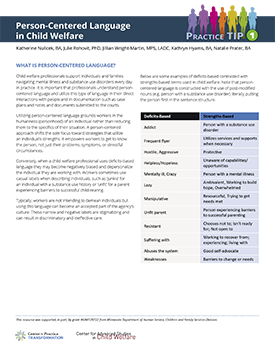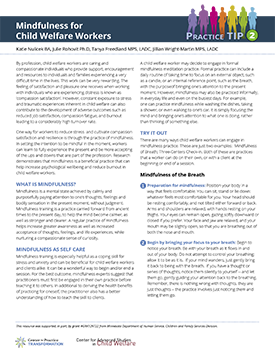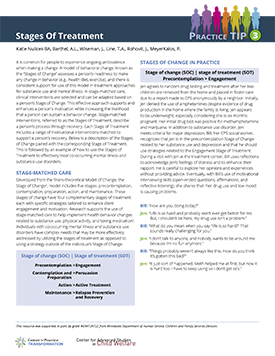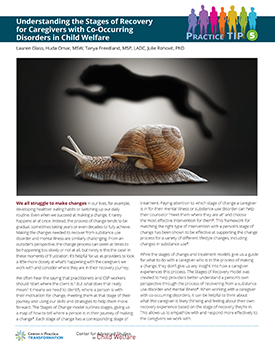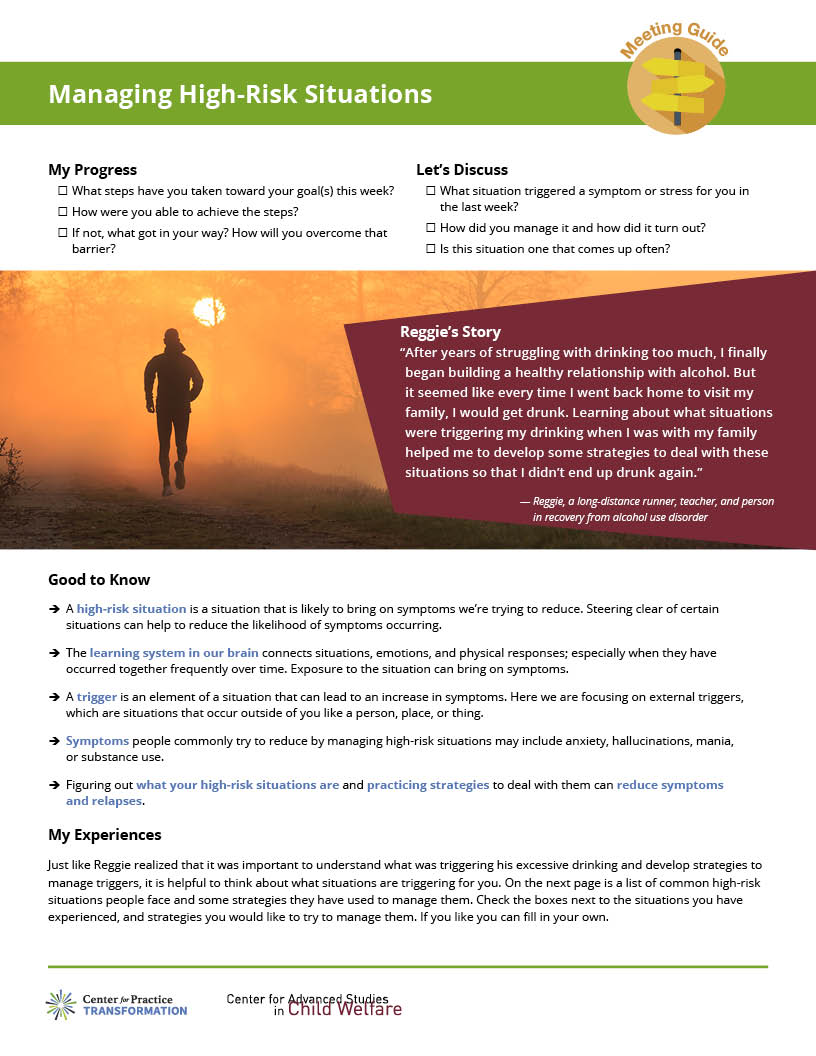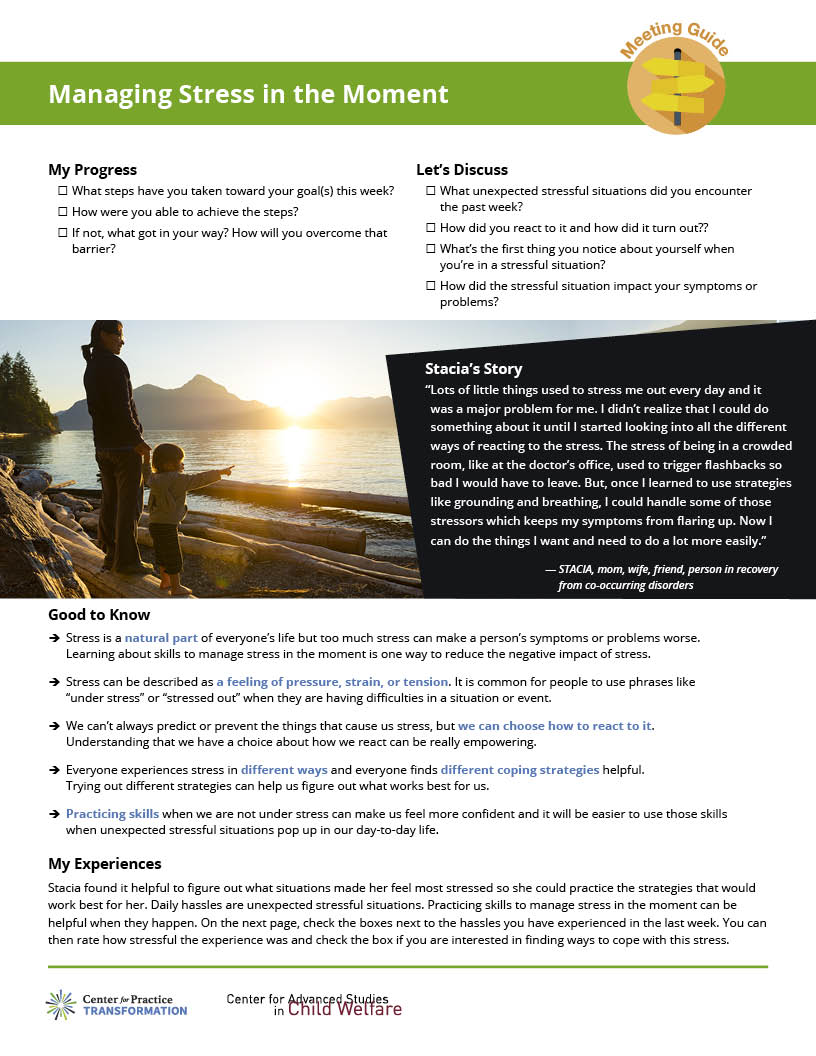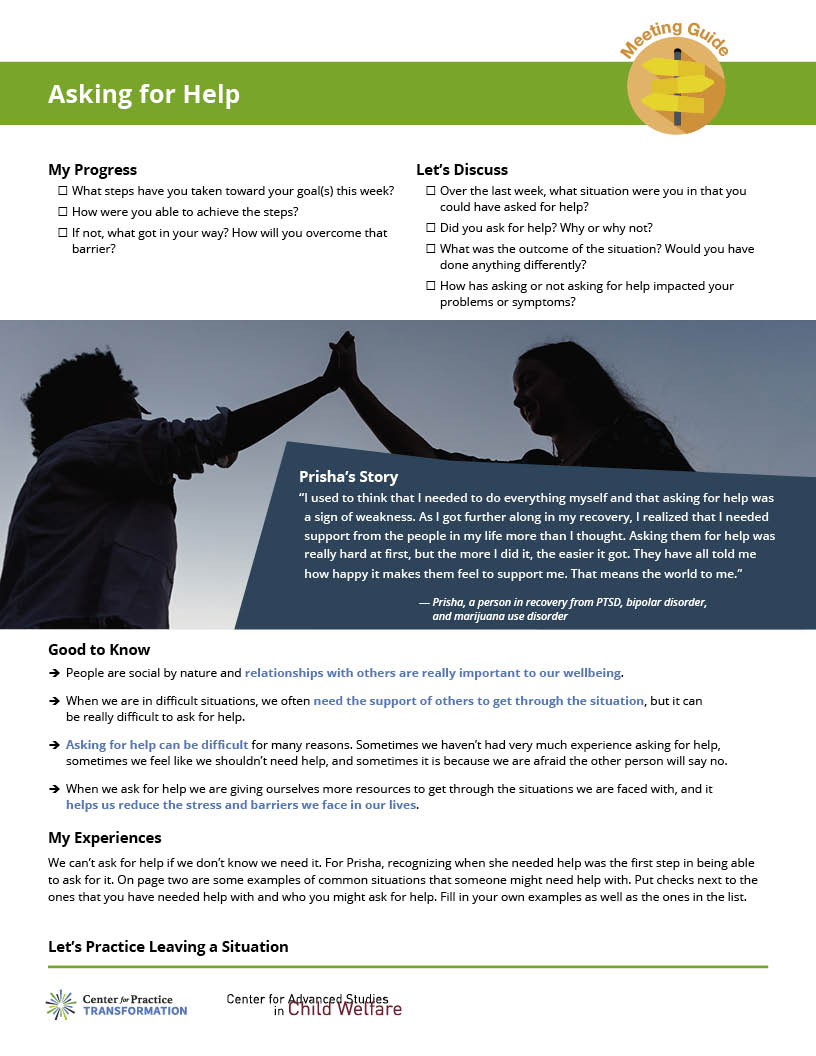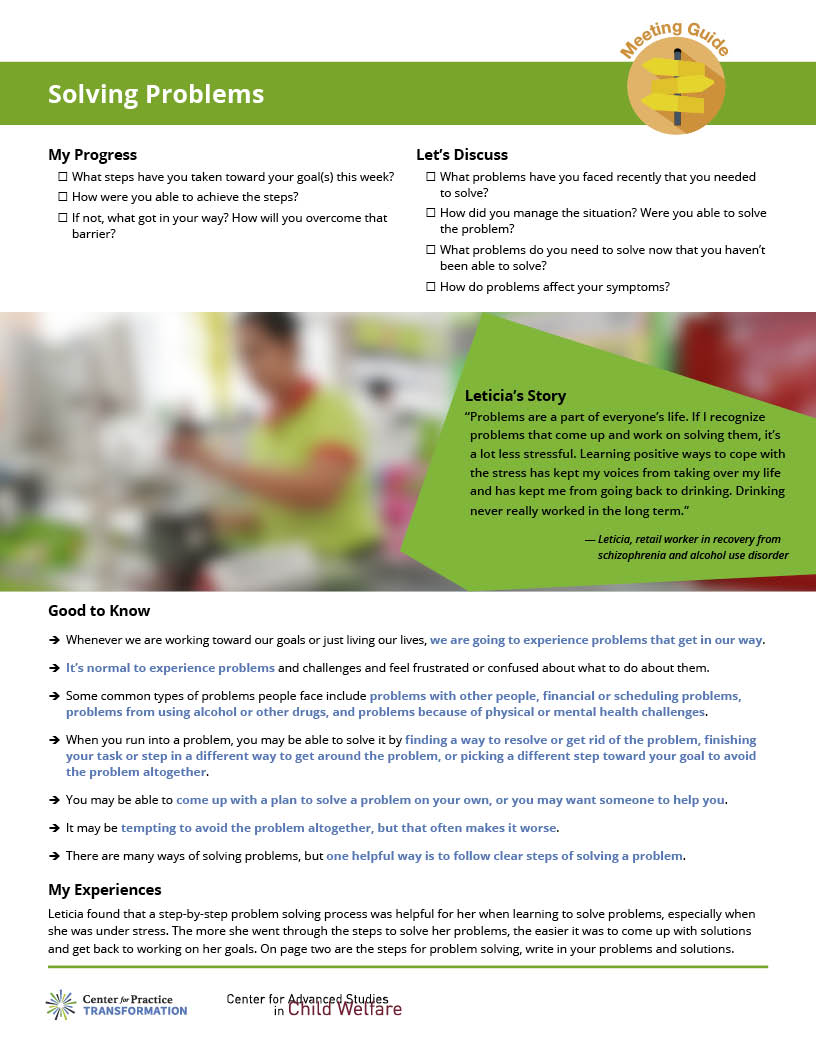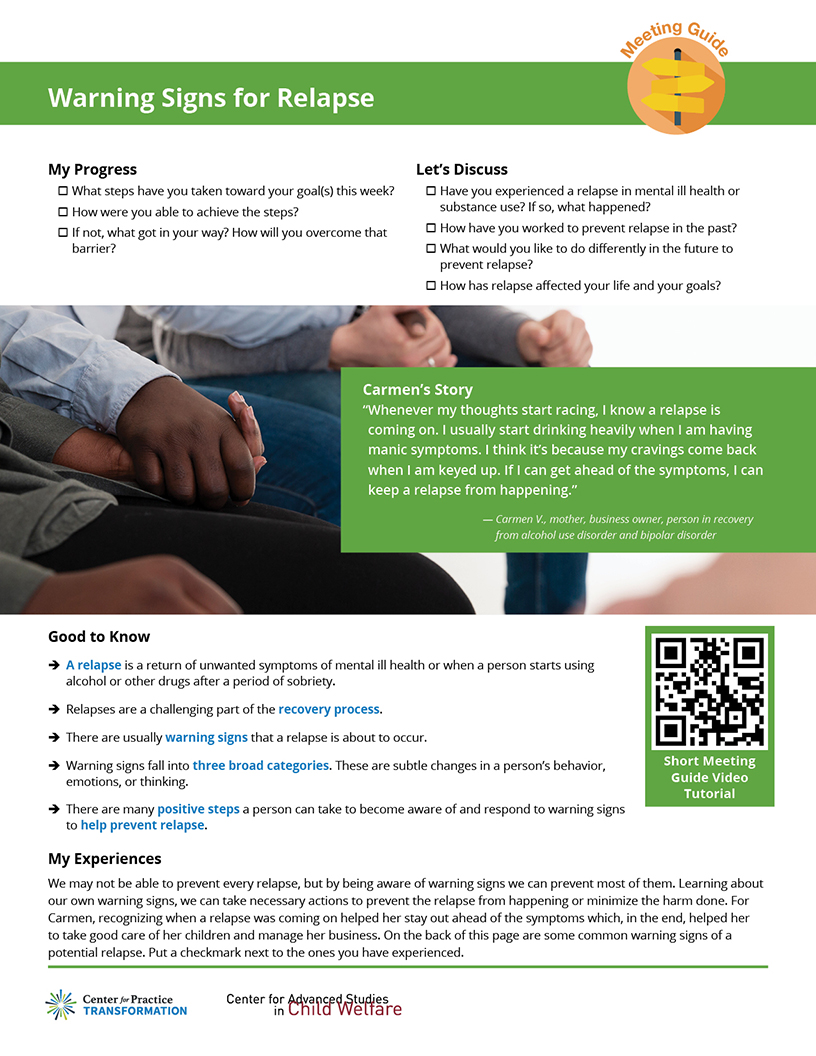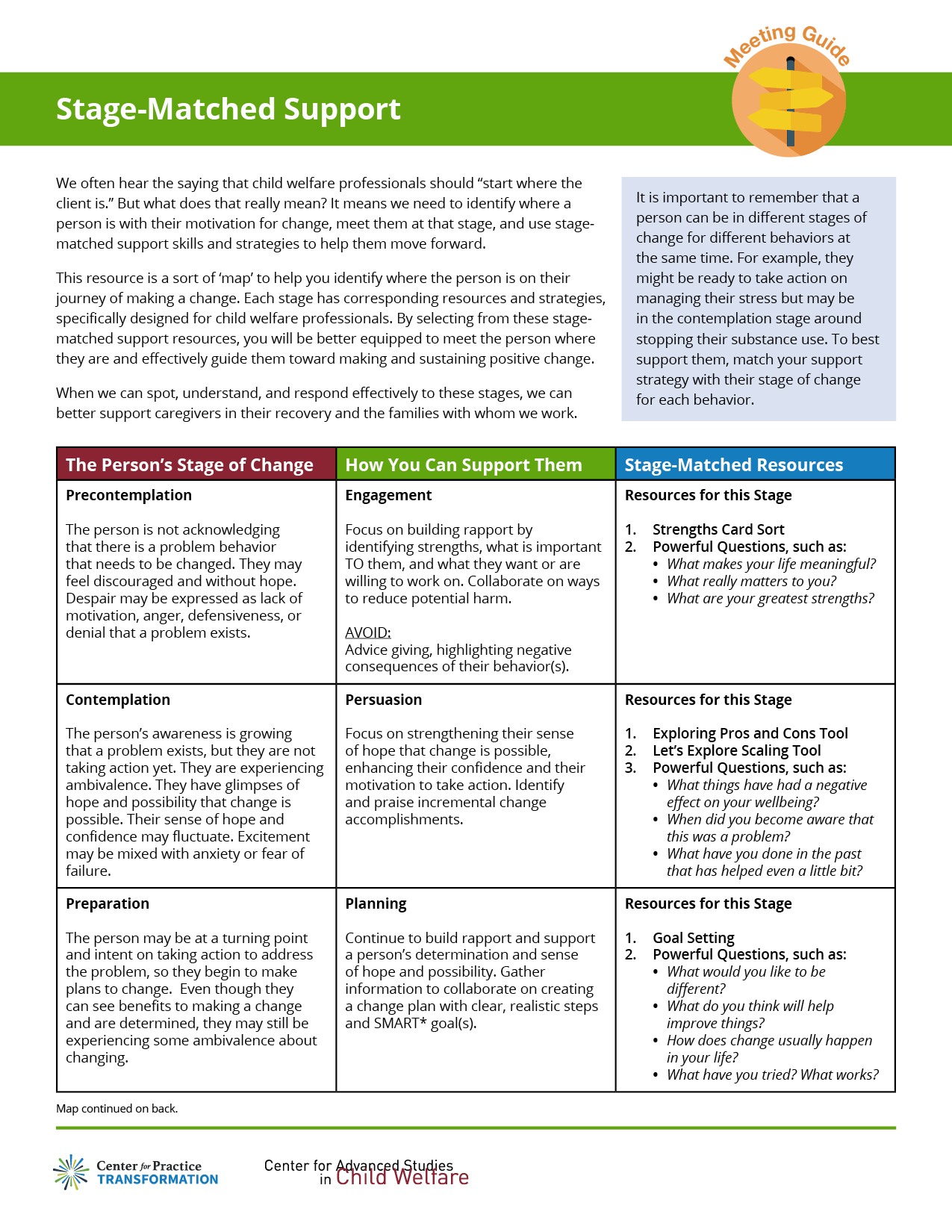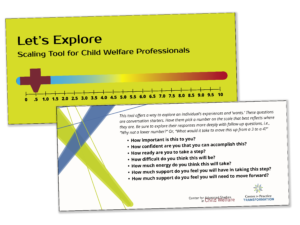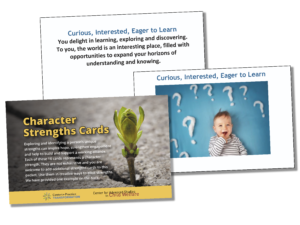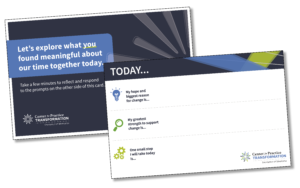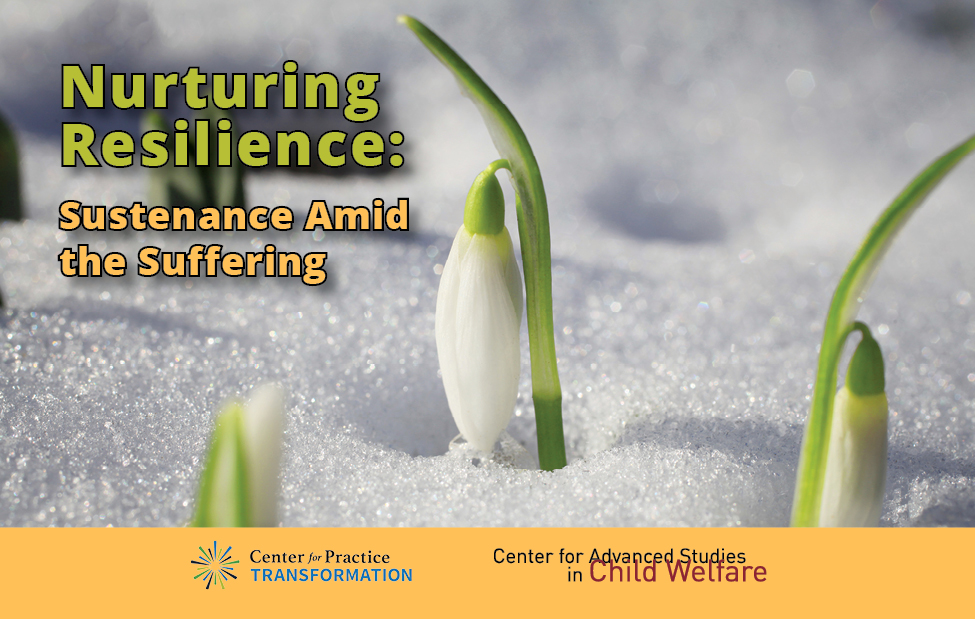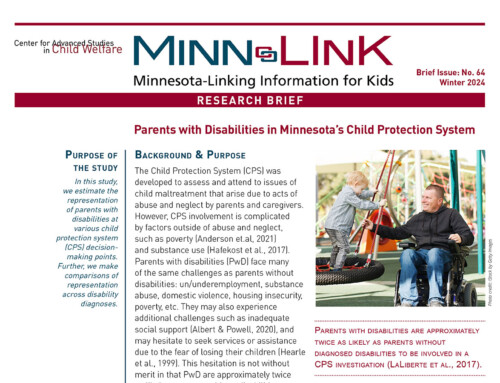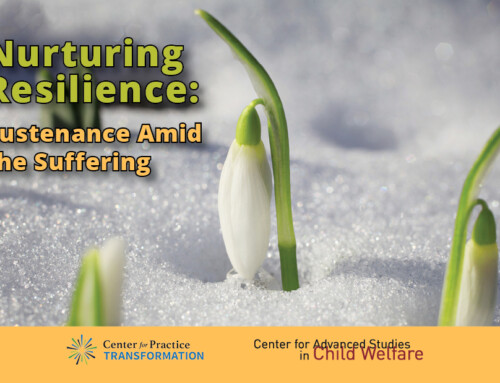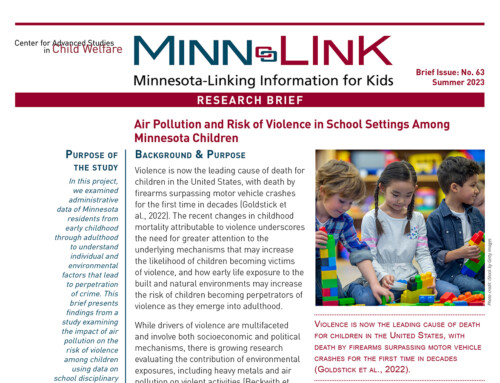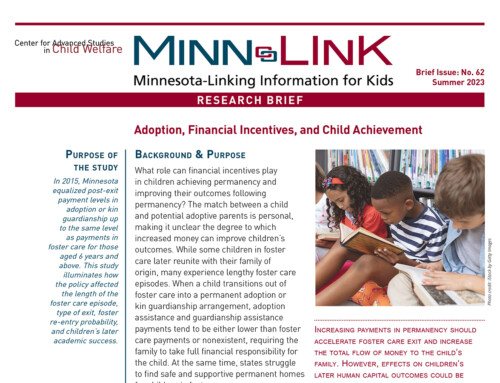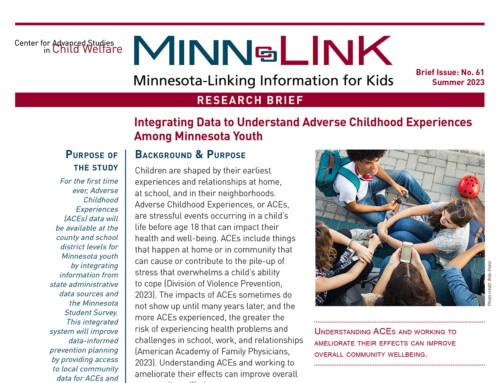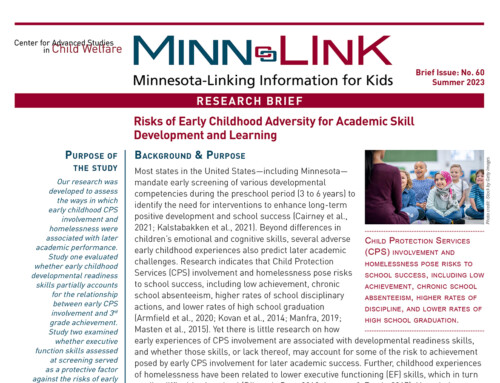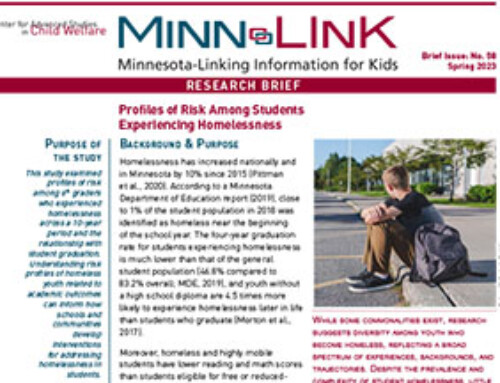Many child welfare workers would like to integrate person-centered practice into their work with children and families. See below for several tip handouts and practice tools created by the Center for Practice Transformation (CPT) in partnership with CASCW.
Practice Tips (downloadable)
Meeting Guides (downloadable)
Other Available Tools
Explore each of these practical tools and consider integrating them into your work with children and families. Click on tool to enlarge.
If you are interested in a sample tool or bulk order, please e-mail cascw@umn.edu.
Supporting Parents in their Recovery Journey
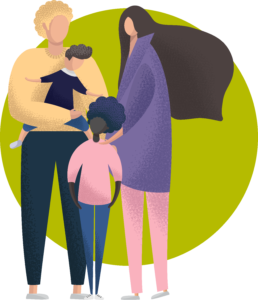 This hands-on workshop will walk the audience through using five very practical “meeting guides” (see download links above) for commonly experienced situations. Each guide provides professionals with skills and strategies to navigate challenging situations and offer parents and caregivers very practical ways to support and enhance their recovery.
This hands-on workshop will walk the audience through using five very practical “meeting guides” (see download links above) for commonly experienced situations. Each guide provides professionals with skills and strategies to navigate challenging situations and offer parents and caregivers very practical ways to support and enhance their recovery.
The five topics include:
- Managing Stress in the Moment
- Asking for Help
- Managing Stress in the Body
- Problem Solving
- Dealing with High-risk Situation
